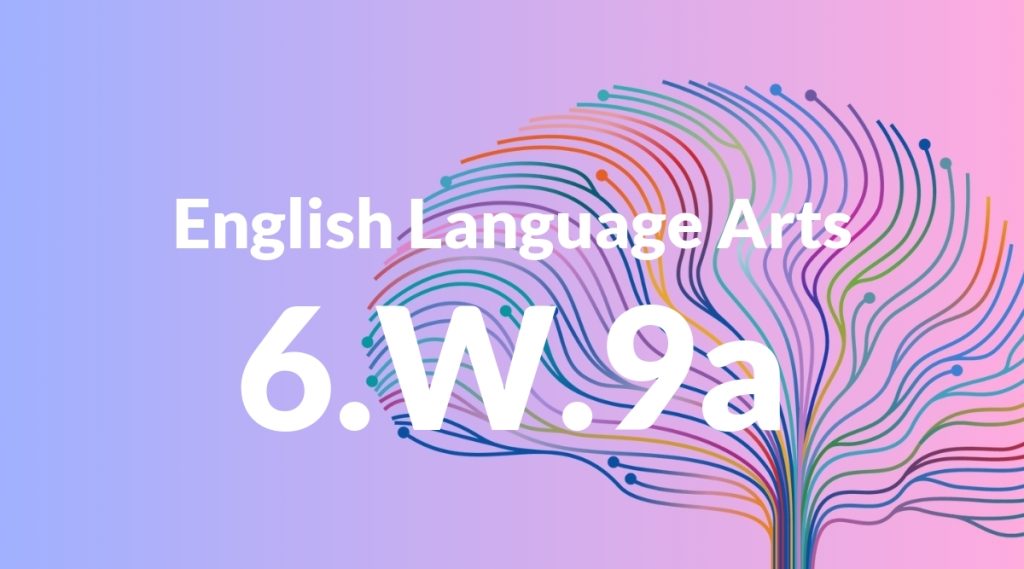Standard: 6.W.9a – Apply grade 6 Reading standards to literature (e.g., “Compare and contrast texts in different forms or genres [e.g., stories and poems; historical novels and fantasy stories] in terms of their approaches to similar themes and topics”).
Grade level: Grade 6
Subject: English Language Arts
Domain: Writing
Teacher Overview
This standard emphasizes the importance of applying reading comprehension skills to writing. By comparing and contrasting texts, students will deepen their understanding of literary elements and themes, which is crucial for developing critical thinking and analytical skills. Students should be familiar with different literary genres and forms, and have the ability to identify themes and main ideas in texts.
After mastering this standard, students will be able to critically analyze and synthesize information from various texts, which will enhance their overall comprehension and writing abilities.
Common Misconception 1
A common misconception is that comparing and contrasting is solely about identifying differences. This is incorrect because it overlooks the importance of recognizing similarities, which is essential for a comprehensive analysis.
Intervention 1
Use graphic organizers like Venn diagrams to help students visually map out similarities and differences between texts. This will reinforce the concept that both aspects are equally important.
Common Misconception 2
Another misconception is that themes are always explicitly stated. This is incorrect because themes often need to be inferred from the text through characters’ actions, settings, and plot developments.
Intervention 2
Encourage students to look for clues in the text that hint at the theme. Discuss how authors use various literary elements to convey deeper meanings and themes.
Prerequisite Knowledge
Students should have a basic understanding of different literary genres and forms, as well as the ability to identify themes and main ideas in a text.
Subsequent Knowledge
Students will develop the ability to critically analyze and synthesize information from different texts, enhancing their comprehension and writing skills.
Instructional Activities
- Use Venn diagrams to compare and contrast themes in different texts.
- Group discussions on similarities and differences in literary genres.
- Writing assignments that require students to compare and contrast two texts.
- Role-playing activities to explore themes in different genres.




